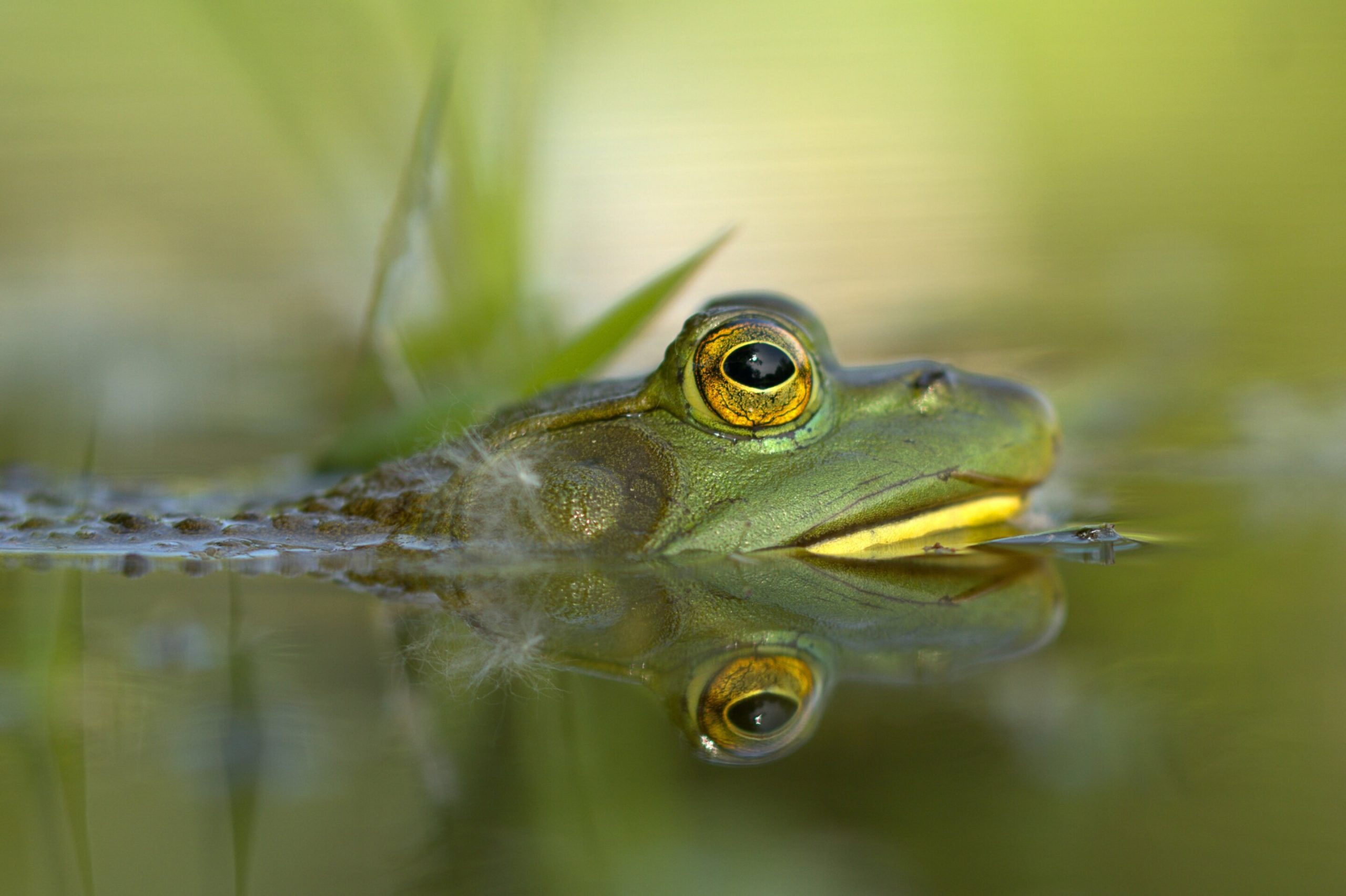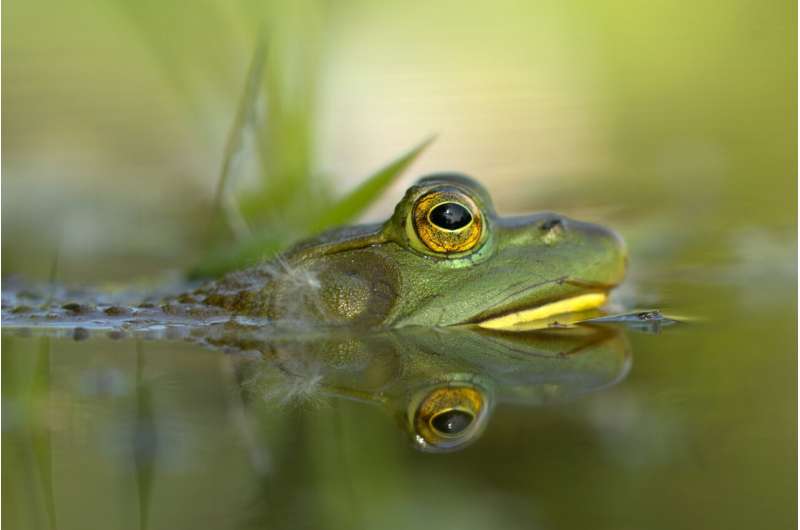

Invasions by amphibians and reptiles—when species spread beyond the regions they are native to—are estimated to have cost the global economy at least US$17.0 billion between 1986 and 2020, according to a study published in Scientific Reports. The findings highlight the need for more effective policies to limit the spread of current and future amphibian and reptile invasions.
Species invasions can lead to damage including the displacement or extinction of native species, the spread of disease and crop losses. Ismael Soto and colleagues examined the worldwide costs of amphibian and reptile invasions using data from the InvaCost database, which compiles estimates of the economic costs of species invasions. Data was taken from peer-reviewed articles, documents on governmental, academic and non-governmental organization webpages and documents retrieved from biological invasion experts.
The authors found that between 1986 and 2020 the total cost of reptile and amphibian invasions exceeded US$ 17.0 billion. Of this, amphibian invasions cost US$ 6.3 billion, reptile invasions cost US$ 10.4 billion and invasions involving both amphibians and reptiles cost US$ 0.3 billion. 96.3% (US$ 6.0 billion) of costs due to amphibians were attributed to a single species, the American bullfrog (Lithobates catesbeianus), while 99.3% (US$ 10.3 billion) of costs due to reptiles were attributed solely to the brown tree snake (Boiga irregularis). 99.7% (US$ 6.3 billion) of costs due to amphibians were associated with managing invasions, for example by eradicating invasive species. 96.6% (US$ 10.0 billion) of costs due to reptiles were associated with damages caused by invasions, such as crop yield losses. For amphibian invasions, 96.3% (US$ 6.0 billion) of economic costs were incurred by European countries while 99.6% (US$ 10.4 billion) of costs due to reptile invasions were incurred by Oceania and Pacific Island countries.
The authors suggest that the economic costs of amphibian and reptile invasions could be reduced by investing in measures to limit global transport of invasive species and to enable the early detection of invasions. This could reduce the need for long-term management of species invasions and the scale of damage incurred, they add.
Bird and mammal diversity is declining with biological invasions
Ismael Soto, Global economic costs of herpetofauna invasions, Scientific Reports (2022). DOI: 10.1038/s41598-022-15079-9. www.nature.com/articles/s41598-022-15079-9
Nature Publishing Group
Citation:
Costs of amphibian and reptile invasions exceeded US$17 billion between 1986 and 2020 (2022, July 28)
retrieved 28 July 2022
from https://phys.org/news/2022-07-amphibian-reptile-invasions-exceeded-us17.html
This document is subject to copyright. Apart from any fair dealing for the purpose of private study or research, no
part may be reproduced without the written permission. The content is provided for information purposes only.